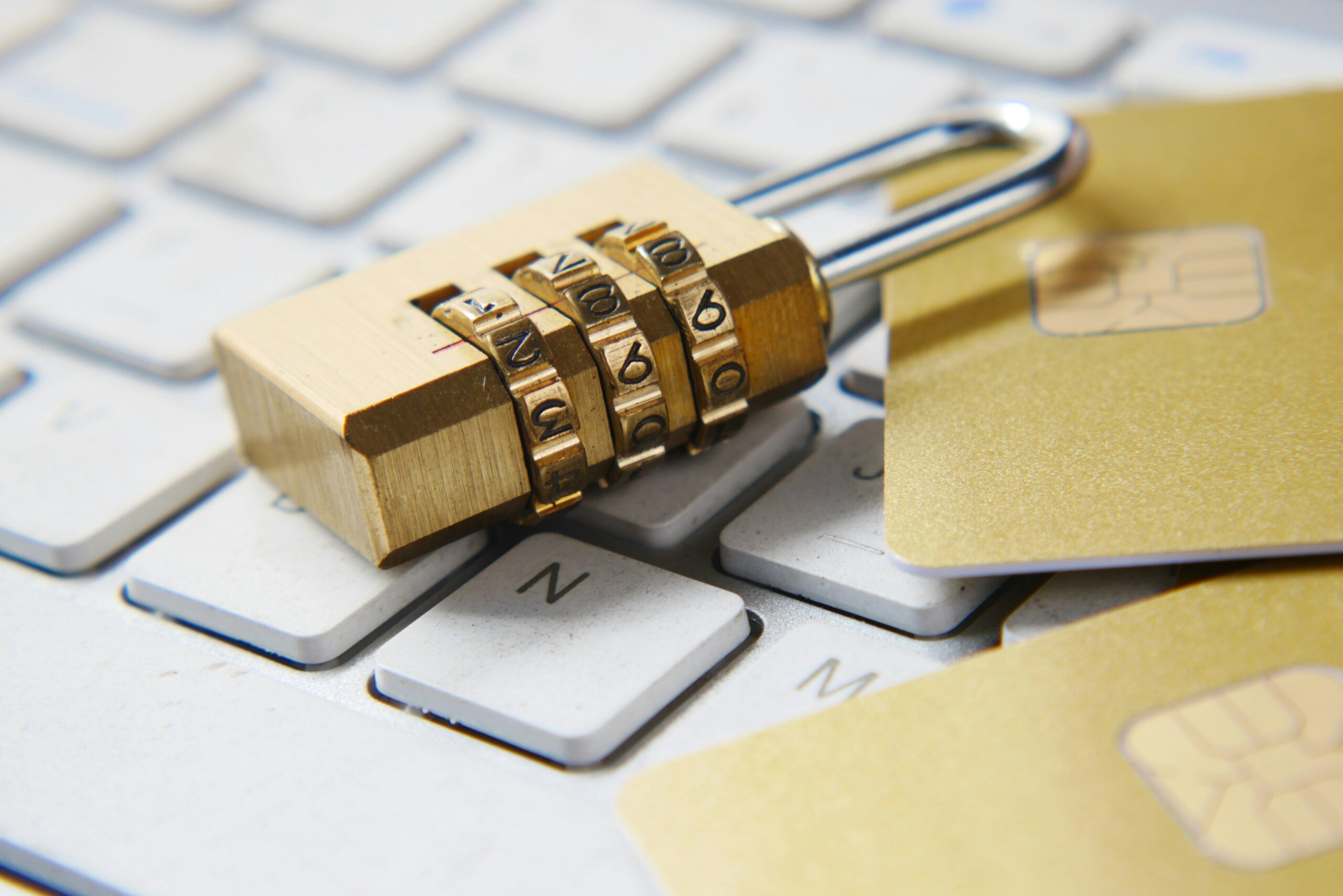Smishing and phishing are two of the most prevalent cyber threats facing businesses today, yet many professionals remain unclear about their distinctions. Understanding these differences is crucial for safeguarding sensitive information, avoiding scammers, and maintaining robust cybersecurity measures. This article delves into the nuances of smishing and phishing, providing business owners, IT managers, and cybersecurity professionals with the knowledge they need to protect their digital assets and educate their teams effectively.
What is Smishing?
Smishing, a portmanteau of “SMS” and “phishing,” refers to a cyber attack where malicious actors use text messages to deceive individuals into divulging sensitive information or clicking on harmful links. Unlike traditional phishing, which typically occurs via email, smishing exploits the widespread use of mobile devices and the inherent trust people place in text messages. These fraudulent messages often appear to come from legitimate sources, such as banks or service providers, and may prompt recipients to provide personal details, download malware, or visit counterfeit websites as part of elaborate scams. Understanding smishing is crucial for businesses aiming to protect their employees and customers from these increasingly sophisticated threats.
What is Phishing?
Phishing is a cyber attack technique where attackers impersonate legitimate entities through email, websites, or other online communication channels to deceive individuals into revealing sensitive information, such as passwords, credit card numbers, or personal identification details. These fraudulent messages often appear to come from trusted sources, such as financial institutions, popular online services, or even colleagues and typically contain urgent requests or alarming statements to prompt immediate action. By exploiting human psychology and trust, scammers conducting phishing attacks can lead to significant data breaches, financial losses, and compromised security for businesses and individuals alike. Understanding phishing is essential for implementing effective cybersecurity measures and educating employees on recognizing and responding to these deceptive tactics.
Smishing vs Phishing What’s the Difference?
Communication Medium
- Smishing: Utilizes SMS text messages to deliver fraudulent content.
- Phishing: Primarily uses email, but can also involve websites, social media, and other online platforms.
Common Tactics
- Smishing: Often involves messages that appear to come from trusted sources like banks, service providers, or government agencies, urging recipients to click on a link or provide personal information.
- Phishing: Typically includes emails that mimic legitimate organizations, containing links to fake websites or attachments that install malware.
Target Devices
- Smishing: Targets mobile devices, exploiting the high level of trust users place in text messages and the immediacy of SMS communication.
- Phishing: Can target any device with email access, including desktops, laptops, tablets, and smartphones.
User Interaction
- Smishing: Relies on the recipient’s quick response to a text message, often leveraging urgency or fear to prompt immediate action.
- Phishing: Depends on the recipient opening an email, clicking on a link, or downloading an attachment, often using sophisticated social engineering techniques.
Detection and Prevention
- Smishing: Can be harder to detect due to the personal nature of text messages and the lack of robust filtering systems for SMS compared to email.
- Phishing: Email filtering systems and cybersecurity tools are more advanced, offering better detection and prevention mechanisms, though vigilance and user education remain crucial.
Impact on Businesses
- Smishing: Can lead to compromised personal and business information, unauthorized access to accounts, and potential financial losses.
- Phishing: May result in data breaches, financial fraud, loss of intellectual property, and significant reputational damage.
Understanding these differences is essential for businesses to develop comprehensive cybersecurity strategies that address both smishing and phishing threats, including the various scams that exploit these tactics, ensuring robust protection for their digital assets and sensitive information.
Is Smishing More Common Than Phishing?
While both smishing and phishing are prevalent cyber threats, phishing remains more common due to its broader attack surface and the ease with which attackers can distribute fraudulent emails to large numbers of recipients. Phishing attacks have been around longer and have evolved with sophisticated techniques, making them a persistent threat in the digital landscape. However, the rise of mobile device usage has led to an increase in smishing incidents, as cybercriminals exploit the immediacy and perceived trustworthiness of text messages. Despite this growth, phishing still accounts for a larger share of cyber attacks, but the increasing frequency of smishing, including various text scams, underscores the need for vigilance and comprehensive security measures across all communication channels.
What is an Example of Smishing?
- Bank Alert Scam:
- A text message appears to come from a reputable bank, warning the recipient of suspicious activity on their account. The message includes a link to a fake website that mimics the bank’s login page through spoofing techniques, prompting the user to enter their account credentials, which are then stolen by the attacker.
- Package Delivery Scam:
- The recipient receives a text message claiming to be from a well-known delivery service, stating that there is an issue with a package delivery, a common tactic used by scammers. The message includes a link to a fraudulent website where the user is asked to provide personal information or payment details to resolve the issue.
- Government Agency Scam:
- A text message purports to be from a government agency, such as the IRS or Social Security Administration, informing the recipient of an urgent matter that requires immediate attention. The message may include a link to a fake government website or a phone number to call, where the user is tricked into providing sensitive information.
What Happens if You Click on a Smishing Text?
Clicking on a smishing text can lead to several detrimental outcomes, depending on the nature of the attack. Often, the link directs the user to a fraudulent website designed to steal personal information, such as login credentials, financial details, or other sensitive data. In some cases, clicking the link may initiate the download of malicious software onto the user’s device, which can compromise security, steal data, or even grant remote access to cybercriminals. Additionally, the attacker may use the information obtained to commit identity theft, financial fraud, or further exploit the victim’s contacts. Therefore, it is crucial to exercise caution and verify the legitimacy of any unsolicited text messages before interacting with them.
How to Identify Smishing Attacks
Scrutinize the Sender
- Check the sender’s phone number or contact details. Legitimate organizations typically use official numbers or shortcodes, whereas smishing attempts often come from unfamiliar or suspicious numbers.
Look for Urgency or Threats
- Be wary of messages that create a sense of urgency or fear, such as threats of account suspension, legal action, or immediate financial loss. These tactics are designed to prompt quick, unthinking responses.
Examine the Language and Grammar
- Pay attention to the language used in the message. Smishing texts often contain spelling mistakes, grammatical errors, or awkward phrasing that would be unusual for a professional organization.
Avoid Clicking on Links
- Do not click on any links provided in the message. Instead, manually type the official website address into your browser or use a trusted app to verify the information.
Verify with the Source
- Contact the organization directly using a known, official contact method to confirm the legitimacy of the message. Do not use any contact information provided in the suspicious text.
Check for Personalization
- Legitimate messages from businesses or service providers often include personalized information, such as your name or account details. Generic greetings or lack of personalization can be a red flag.
Be Cautious with Requests for Personal Information
- Legitimate organizations will rarely ask for sensitive information, such as passwords or Social Security numbers, via text message. Treat any such requests with suspicion.
Use Security Software
- Install and maintain reputable security software on your mobile device to help detect and block potential smishing attempts.
Is Phishing Easier to Identify Than Smishing?
Phishing is generally easier to identify than smishing due to the more advanced detection and filtering systems available for email compared to SMS. Email platforms often have robust spam filters and security features that can flag or block suspicious messages before they reach the recipient. Additionally, phishing emails may contain more obvious signs of fraud, such as poor grammar, suspicious links, and unfamiliar sender addresses, which can be scrutinized more easily on a larger screen. In contrast, smishing messages are delivered directly to mobile devices, where users may be less vigilant and more likely to trust text messages. The limited space and informal nature of SMS communication can also make it harder to spot red flags, increasing the risk of falling victim to smishing attacks.
How is Cybersecurity Related to Smishing and Phishing?
Cybersecurity is intrinsically related to smishing and phishing as it encompasses the strategies, technologies, and practices designed to protect systems, networks, and data from these types of cyber attacks. Both smishing and phishing exploit human vulnerabilities to gain unauthorized access to sensitive information, making them significant cybersecurity threats. Effective cybersecurity measures, such as robust email filtering, mobile security software, encryption protocols, employee training, and awareness programs, are essential in identifying and mitigating these threats. By understanding and implementing comprehensive cybersecurity protocols, businesses and individuals can better defend against smishing and phishing attempts, thereby safeguarding their digital assets and maintaining the integrity of their information systems.
Conclusion
In conclusion, understanding the differences between smishing and phishing is crucial for enhancing cybersecurity measures and protecting sensitive information. Both types of attacks exploit human trust and can lead to significant financial and data losses if not properly addressed. By recognizing the unique characteristics and tactics of smishing and phishing, business owners, IT managers, and cybersecurity professionals can implement more effective security protocols and educate their teams on how to identify and respond to these threats. Staying informed and vigilant is key to maintaining a secure digital environment and safeguarding the integrity of business operations in an increasingly interconnected world.
Final Thoughts
Secure your business with Buzz Cybersecurity. Our bespoke solutions, including managed IT, innovative cloud solutions, and strong ransomware protection, offer comprehensive protection. Trust our seasoned professionals to safeguard your digital assets and help your business thrive in the face of cyber threats.










